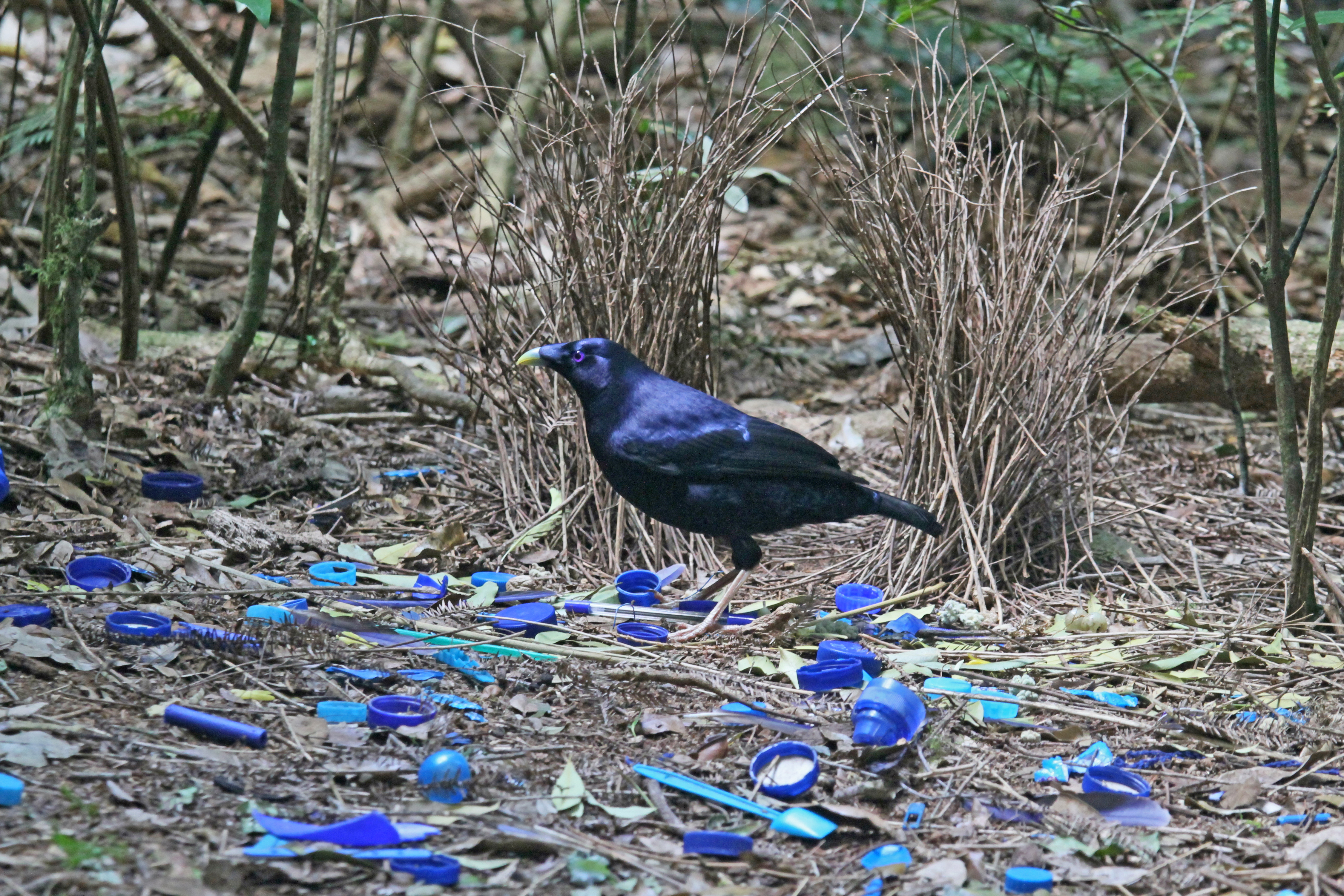Do you have any guess as to what percentage of bird species have penises?
The answer is quite shocking. In total, only 3% of them have penises. The majority of bird species have lost them over the course of evolution. You may wonder then how birds manage to have sex. As it turns out, they do it through a combination of courtship rituals and having a special organ in lieu of a penis.
The bird courtship ritual
To find an attractive and fit mate, birds often have quite elaborate courtship rituals. Males usually need to attract the female who has the final say on the matter. Most scientists believe that the main reason behind their rituals is for the female to choose a desirable male with whom she can produce healthy offspring. However, there are other scientists who believe that females don’t always care about what makes a male fit but choose males with characteristics that they find beautiful (there is a really nice RadioLab podcast on this topic).
There are actually many different types of courtship rituals. The main types are singing, displays, dancing, preening, feeding, and building. Some birds use a mixture of multiple behaviors to attract a female.
Singing
Singing is the most common courtship behavior, as you may have noticed in the springtime. In birds, such as song sparrows, the song complexity or repertoire can show that a male would be a desirable partner. In other birds, other types of song might be favored. Male white bellbirds have recently been found to have the loudest call of any animal, although they are only the size of a dove. They are particularly loud when females are close and swivel to direct the sound at them. So apparently female bellbirds have a taste for loud males.

Ornamentation
Having fancy feathers or other body features can also be a desirable trait. The most famous example is, of course, the peacock with its flamboyant plumage. Some birds adopt special positions or postures to show their plumage to the best effect, such as puffing out, hunching their shoulders, or flaring their wings.
Dancing
Another common mating habit is the courtship dance. Many different types of movement can make up a courtship dances, and there are lots of different dancing styles out there. Usually, the male performs for the female, but occasionally they engage and dance together. A female looks for a good dancer, and would be harsh against any mistakes as these could show inexperience or weakness. My favorite example is the bird of paradise which splays out its wing to form a fan and hops around the female. The red-capped manakin also does a little moonwalk-type deal on a tree branch.
Building
Males sometimes also build nests or mating structures to show off their building skills and ability to defend a good nesting site. For example, male bowerbirds create bowers, structures composed out of wooden sticks. Even after creating these impressive structures, they are not finished. They decorate their bowers with brightly colored or attractive objects, like shells, flowers, berries, or even bits of garbage. On top of this, the males present courtship displays to the females, who may visit several bowers before making a final decision.

The mating process
Birds (both male and female) have cloacas instead of other sexual organs. The cloaca (interestingly, Latin for “sewer”) is an internal chamber where urine, feces, and sperm are released. It ends in an opening where these substances are then discharged. When it’s mating season, the cloacal openings of birds swell up.
Once a male bird has been given the okay by the female, he usually perches on top of her, and she moves her tail feathers aside for better access. The male rubs his cloaca against the female’s and at this moment the sperm is released and deposited in the female’s cloaca where it goes on to fertilize an egg. You may blink and miss it though; mating is very quick and usually lasts less than a second.

However, as mentioned in the beginning, a few birds do still have penises. These are mostly aquatic birds, as a penis enables the birds to copulate in water. A cloaca could be risky in the water because the sperm could get washed away without entering the female. The penis is different than that of a mammal and constructed as an extension of the cloacal wall. It is erected by lymph rather than blood. And some ducks take it to the extreme.
Though there is variation among species, some ducks, such as ruddy drakes, have penises that are even longer than their bodies. Other birds, such as cassowaries, kiwis, and ostriches, also have penises although they live on land. They do still have quick sexual encounters.
All in all, birds have some very strange and elaborate courting behavior, which culminates in very time-efficient mating.
Was this helpful?



